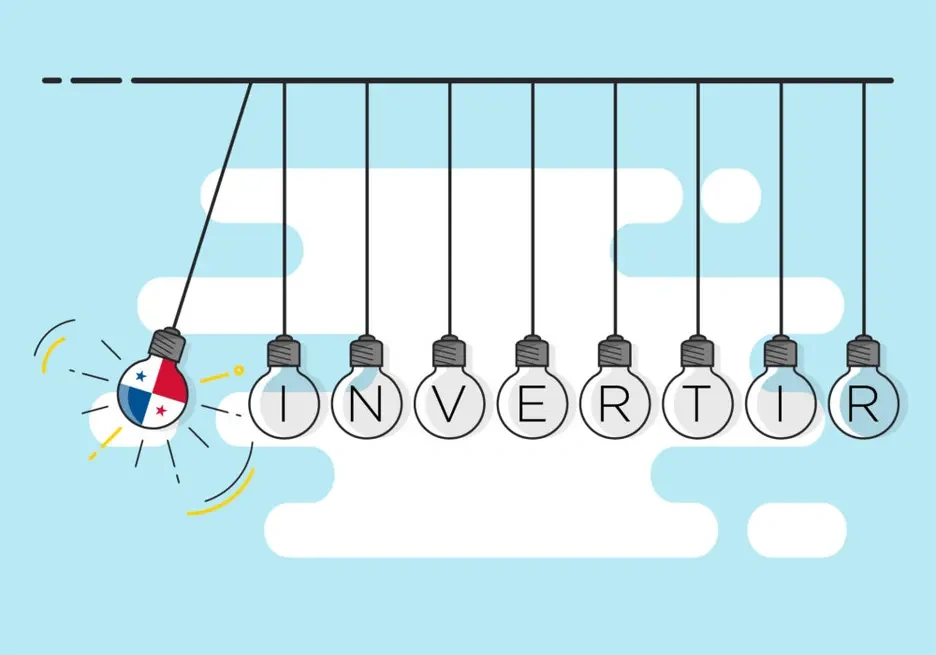Unleashing certainty: The catalytic effects of the Panama Canal expansion

The Panama Canal is one of the most crucial waterways in the Western Hemisphere, connecting the Atlantic and Pacific Oceans, and transporting 5% of world seaborne trade. It is the centerpiece of Panama’s economy, accounting for almost 20% of its gross domestic product (GDP).
Signaling investor confidence
In 2006, the Panamanian government held a national referendum to ratify legislation for a major US$5.5 billion project (about 40% of which was funded by development finance institutions) to double the canal´s capacity. In a strong show of support, nearly 80% of voters chose “Sí”. This outcome formalized Panama’s commitment to the expansion project, sending a powerful signal to local and global investors that the country was open for business.
After all, large infrastructure investments often serve as big pushes that can bring important effects to an economy, even before projects are completed. Studies show that such investments can improve the business climate and increase investor confidence by lowering risks and costs of entry or expansion for the private sector. For example, the announcement of a new metro line can affect real estate prices in surrounding areas even before the system is in operation.
How did the Panama Canal expansion affect private investment and economic growth?
In a recently published IDB Invest study, we quantify the impacts that the canal expansion announcement had on catalyzing private investment and promoting economic growth in the country. We argue that the commitment to the expansion project, formalized by the national referendum in October 2006, set a clear break in the country’s economic trajectory, signaling to investors that the project was now a reality. We also argue that not accounting for these “anticipation effects”, would lead to underestimating the overall impacts of the project. So, the study tests for changes occurring before and after this significant date.
To quantify impacts we compare the evolution of private investment and GDP in Panama versus the trends observed in a counterfactual scenario (called “Synthetic Panama”). To create the counterfactual scenario, we used the weighted average of a set of countries that share similar characteristics with Panama (i.e., they are ports and/or financial centers) and exhibit comparable historical behavior in terms of private investment and economic growth before the national referendum.
We find that in the medium-term, between 2006 and 2011, there was an increase of nearly US$10 billion in private investment that can be attributed to the canal expansion announcement. This is 1.8 times the project cost and, on average, 1.3 times the trend that would have been observed in private investment in Panama in the absence of the expansion referendum. The impact on economic growth shows an increase of US$20.2 billion in GDP over the same period, which is 1.2 times the trend observed in the counterfactual scenario.
Looking at a longer time frame, from 2006 to 2016, the results suggest a total increase in private investment of approximately US$47 billion and an accumulated increase of US$87 billion in GDP. These amounts represent the maximum possible impact value since our ability to attribute effects decreases as we get further from the referendum date and other relevant events occur in the country.

Overall, the study highlights the importance of quantifying private sector catalyzation effects in the context of large infrastructure investments and the role of the private sector in driving economic activity. This is especially relevant given the call by the international community to scale up funding for development from billions to trillions of dollars to finance the 2030 Agenda and the Sustainable Development Goals. And, as we saw with the canal expansion project, development finance institutions can help to spark these catalytic effects on private investment to help answer this call.
For more information, see Infrastructure Investments and Private Sector Catalyzation: The Case of the Panama Canal Expansion, part of IDB Invest’s Development through the Private Sector Series, or a brief summarizing this study.
The study uses private gross fixed capital formation (GFCF), at purchasing power parity (PPP) US$, as a proxy of private investment. GFCF measures the value of acquisitions of new or existing fixed assets by the private sector less disposals of fixed assets.
LIKE WHAT YOU JUST READ?
Subscribe to our mailing list to stay informed on the latest IDB Invest news, blog posts, upcoming events, and to learn more about specific areas of interest.
Subscribe



